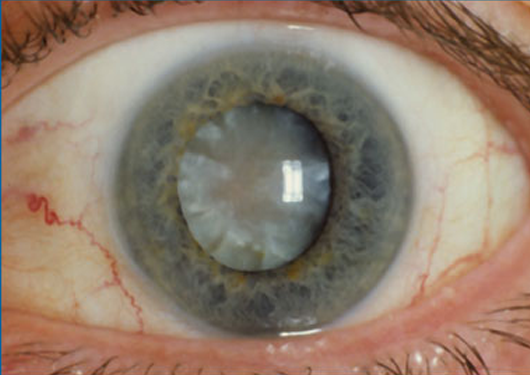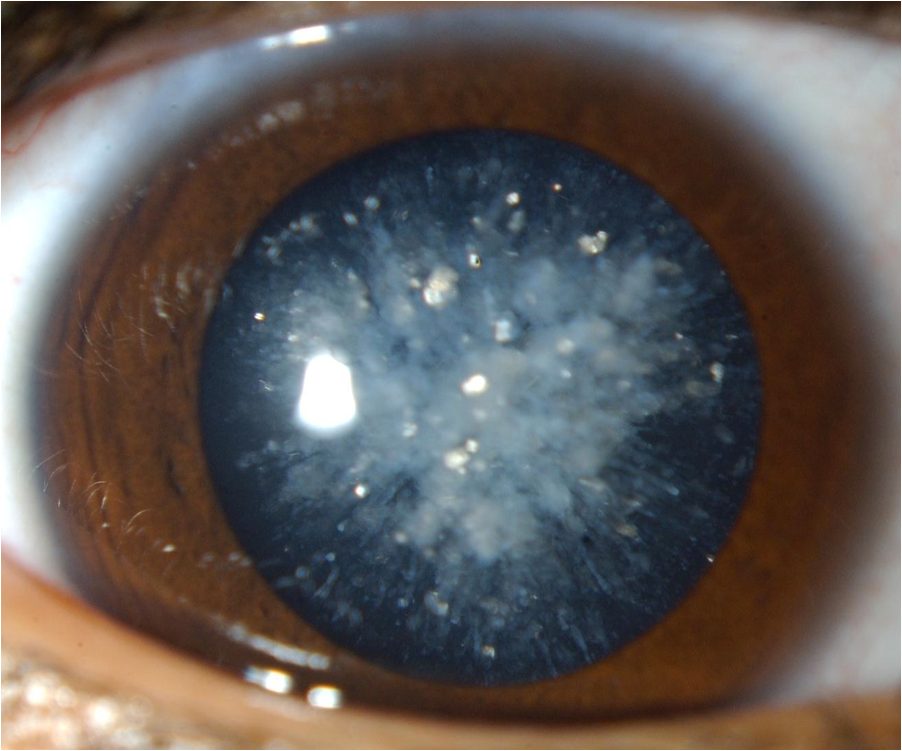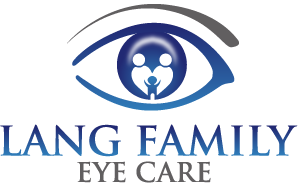Cataracts
What is a cataract?

According to the American Optometric Association, a cataract is a cloudy or opaque area in the normally clear lens of the eye. Depending upon its size and location, a cataract can interfere with a person’s normal vision. With normal vision the lens will focus the light on the retina and send the image via the optic nerve to the brain. If the lens is cloudy, the light can’t focus properly on the retina, causing vision problems.
Most cataracts develop in people over age 55, but they do occasionally occur in infants and young children. Sometimes a cataract can be caused by trauma to the eye or even as the result of certain medications. Usually cataracts develop in both eyes, but one eye may be worse than the other eye.
How can I tell if I have a cataract?
Cataract can present through a very broad range of symptoms. Night glare, halos, and decreased visual acuity are the most common cataract symptoms. Changes in color vision, myopic shifts (nearsightedness) and many others can cause other visual disturbances. Cataracts can form from many reasons. Age-related changes in the crystalline lenses contribute to most patient’s cataracts, but medications, diabetes, excessive UV exposure, congenital (at birth), and trauma can also cause cataracts that happen at any age.
How to treat a cataract?
Monitoring cataract progression with your eye doctor is important because deteriorating vision can hinder lifestyle and alter activities of daily living. Cataracts can adversely affect your overall quality of life. We can answer any questions you may have about cataracts and if cataract surgery is needed, we can refer you to the right ophthalmologist who is qualified to do the surgery you need.

Cortical Cataract

Nuclear Sclerosis

Congenital (Pediatric) Cataracts
More Information:
For more information on cataracts, visit the American Optometric Association.

